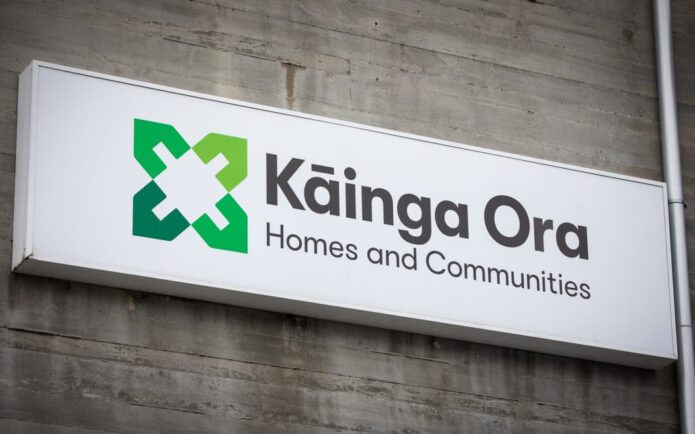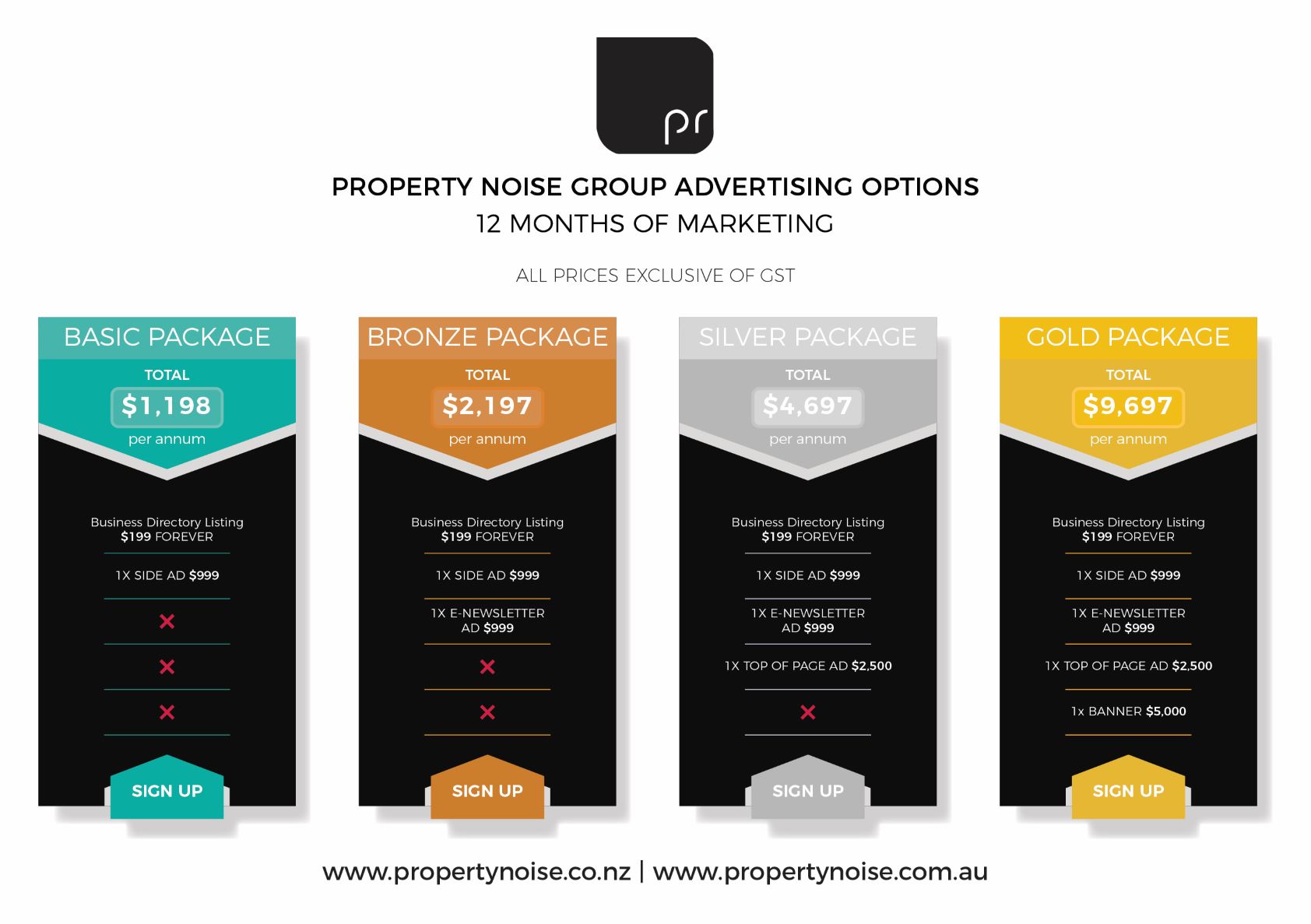PHOTO: REINZ
May last year, according to the latest data from the Real Estate Institute of New Zealand (REINZ), source of the most complete and accurate real estate data in New Zealand.
Gisborne saw a new record median price increasing by a staggering 54.4% year-on-year to $440,000 up from $285,000 – a $155,000 increase. Even looking at the previous month showed a 22.9% increase in median price (from $358,000 to $440,000) an $82,000 increase or $2,645 per day.
Median house prices in Auckland increased by 1.2% year-on-year from $850,000 to $860,000 the highest price the region has seen for 2019 so far.
Bindi Norwell, Chief Executive at REINZ says: “Gisborne was the strongest of all the regions in May, with a 54.4% annual increase in the median house price and a 22.9% monthly increase which is the equivalent of $2,645 a day. We haven’t seen price rises on this scale for a number of years now, showing just how strong regional growth is in parts of New Zealand.
“Looking at the country as a whole, median prices increased annually in 11 out of 16 regions with strong growth recorded in Southland (+16.7%), Manawatu/Wanganui (+14.4%), Hawke’s Bay (+9.3%) and Otago (+8.2%).”
Four regions saw annual falls in median price during May – West Coast (-14.0%), Tasman (-4.1%), Northland (-1.9%) and Marlborough (-1.2%).
“The West Coast can be a very volatile market, particularly as we go into winter, so a -14.0% fall in median price isn’t entirely surprising for this time of year. Given the strength of Tasman, Northland and Marlborough over the last few months, these were relatively small declines in the bigger scheme of things, but time will tell if this is just the start of the usual winter slow down,” points out Norwell.
“May saw a slight resurgence in Auckland’s median price, with a 1.2% median increase – the highest median price we’ve seen for the Auckland region so far this year. Waitakere City saw the highest median price in 5 months with a 6.0% increase, Auckland City saw the highest median price in 3 months with a 3.8% increase in median price and despite a -0.6% year-on-year fall in median price Rodney District had the highest price in 12 months at $900,000, suggesting that despite the cooling weather there are some green shoots in the Auckland market and that confidence is returning to the City of Sails,” continues Norwell.
Number of houses sold up month-on-month, but still lower than same time last year
The number of residential properties sold across New Zealand in May fell by -7.8% from the same time last year to 7,263 (down from 7,876), although month-on-month the number of properties sold increased by 20.1%.
For New Zealand excluding Auckland, the number of properties sold fell by just -1.4% when compared to the same time last year (from 5,414 to 5,338). Again, the month-on-month figures were much stronger with a 22.8% increase from the number of properties sold in April.
In Auckland, the number of properties sold in May fell by -21.8% year-on-year (from 2,462 to 1,925). Auckland also saw a lift in the number of properties sold month-on-month with a 13.0% increase from April.
Regions outside of Auckland with the greatest decrease in annual sales volumes during May were:
- West Coast: -32.3% (from 62 to 42 – 20 fewer houses) – the lowest for the month of May for 3 years, but up on the 38 sales in April
- Manawatu/Wanganui: -13.1% (from 464 to 403 – 61 fewer houses) – the lowest for the month of May for 4 years
- Canterbury: -6.2% (from 1,062 to 996 – 66 fewer houses) – the lowest for the month of May for 4 years.
Regions with the strongest annual increase in sales volumes during May:
- Tasman: +19.7% (from 66 to 79 – 13 more houses sold)
- Taranaki: +7.3% (from 193 to 207 – 14 more houses sold)
- Waikato: +6.1% (from 771 to 818 – 47 more houses sold).
“While the number of properties sold across the country was lower than the same time last year it’s actually the highest number of properties sold in 2019 so far. However, given new listings have been down across the country for six of the last seven months now when compared to the same time last year, it’s not entirely surprising that the number of properties sold is down on the same time last year,” says Norwell.
“May saw a 50/50 split from a regional perspective with 8 regions seeing an increase in the number of properties sold annually and 8 regions seeing a decrease. When you compare that to the previous month (April), only 4 regions saw an increase in the number of properties sold year-on-year suggesting that the OCR and capital gains back down may be starting to have some impact on the market,” continues Norwell.
“With median prices increasing in many parts of the country, real estate agents are still telling us that access to finance from the banks and saving that 20% deposit is impacting on some buyers’ ability to purchase a property,” continues Norwell.
“Auckland’s decline in the number of properties sold is a trend we’ve been seeing for a few months now, with likely causes including the fall in new listings, the foreign buyer ban and investors failing to add to their property portfolios with the ongoing changes in legislation,” concludes Norwell.
REINZ House Price Index (HPI) increases 1.8% annually
The REINZ House Price Index for New Zealand, which measures the changing value of property in the market, increased 1.8% year-on-year to 2,749.
The HPI for New Zealand excluding Auckland increased 6.5% from May 2018 to 2,719. The Auckland HPI decreased -3.3% year-on-year to 2,786.
In May, the Manawatu/Wanganui region again had the highest annual growth rate, a 15.5% increase to a new record high of 3,046, followed by Southland in second place with an annual growth rate of 14.1% to 2,899 and in third place was Otago with a 9.9% annual increase to a new record high of 2,921.
Tasman/Nelson/Marlborough/West Coast also experienced a new record high index level of 2,366, up 6.9% from the same time last year.
In May, the REINZ HPI saw 11 out of 12 regions experience an annual increase in their index level, Auckland was the only region to experience a decrease.
Days to Sell increases marginally
In May the median number of days to sell a property nationally increased by 3 days from 38 to 41 when compared to May last year. For New Zealand excluding Auckland, the median days to sell increased by 1 day from 37 to 38.
Auckland saw the median number of days to sell a property increase by 5 days from 40 to 45 when compared to the same time last year.
Gisborne had the lowest days to sell of all the regions at 30 days, the exact same figure as May last year. Usually the West Coast has the highest days to sell of any region, however, for the first time in 47 months (June 2015), this “title” went to Northland with a median number of days to sell of 56 – up 9 days on the same time last year.
Auctions
Auctions were used in 10.4% of all sales across the country in May, with 752 properties selling under the hammer – this is down from the same time last year, when 12.5% of properties (982) were sold via auction.
Gisborne again had the highest percentage of sales by auction across the country with 44.9% (or 31 properties) in the region sold under the hammer – up from 29.4% (20 properties) in May 2018.
Auckland saw the second largest percentage of sales by auction on 18.2% (351 properties) down from 20.7% in May 2018 (510 properties). Bay of Plenty remained in its usual third place in May with 12.1% (64 properties) sold under the hammer, down from 16.6% (91 properties) in May 2018.
Inventory
The total number of properties available for sale nationally increased by 5.8% from 24,477 to 25,895 – an increase of 1,418 properties compared to 12 months ago – the third annual increase in inventory levels in 7 months.
May saw 8 regions with an annual increase in inventory levels. Regions with the largest percentage increases were:
- Marlborough: +24.7% from 271 to 338 – an additional 67 properties
- Wellington: +18.3% from 1,052 to 1,244 – an additional 192 properties
- Northland: 15.0% from 1,332 to 1,532 – an additional 200 properties
- Waikato: +14.9% from 1,743 to 2,002 – an additional 259 properties.
Regions with the biggest percentage decrease in inventory were:
- West Coast: -26.8% from 533 to 390 – 143 fewer properties
- Gisborne: -14.3% from 133 to 114 – 19 fewer properties
- Southland: -13.3% from 488 to 423 – 65 fewer properties.
Gisborne and Hawke’s Bay had the lowest number of weeks’ inventory with 9 weeks’ inventory available to prospective purchasers. This was closely followed by Manawatu/Wanganui, Wellington and Otago on 10 weeks’ inventory available.
Price Bands
The number of homes sold for less than $500,000 across New Zealand fell from 42.3% of the market (3,328 properties) in May 2018 to 39.7% of the market (2,884 properties) in May 2019.
The number of properties sold in the $500,000 to $750,000 bracket increased from 28.5% in May 2018 (2,247 properties) to 31.0% in May 2019 (2,250 properties).
At the top end of the market, the percentage of properties sold for $1 million or more fell from 14.3% in May 2018 (1,123 houses) compared to 13.4% in May 2019 (976 houses).
PRESS RELEASE REINZ














